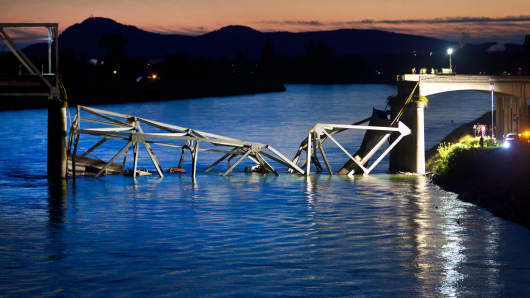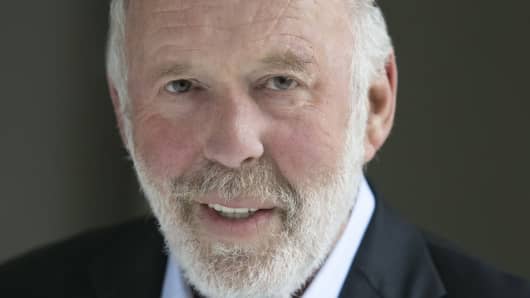I recently had the privilege and the pleasure of delivering the commencement address at UC Berkeley's College of Engineering. In preparing I reflected on the sorry state of America's infrastructure and the role engineers and government can and should play in putting things back together.
In my talk I pointed out that Congress is largely populated with trained lawyers, individuals who are schooled in the art of discourse, but unschooled in the art (and excitement) of creating and building. With 200 lawyers in Congress and only 8 engineers, it's clear that decisions to invest in our infrastructure are being managed by those who focus on debating one another rather than on conceiving important new projects - projects that would create jobs, spur on our economy, and energize our population. I urged those graduates in the audience to consider a career in politics, and from the applause at that exhortation perhaps some will take up the challenge.
In the meantime, the country's infrastructure is in a shambles. Highways and roads, bridges, tunnels, water systems, airports, mass transit, and perhaps most notably our electric grid (for reasons of national security as well as function) are all badly in need of rejuvenation. According to the National Economic Council, roughly 65 percent of America's major roadways fail to achieve a rating of good condition, let alone excellent. The American Society of Civil Engineers (ASCE) states that almost 25 percent of U.S. bridges are either structurally deficient or functionally obsolete. We have not built a major new airport in 20 years, and our air-traffic control systems are woefully behind advancements in today's technology. The ASCE estimates that an investment of $3.6 trillion by 2020 is required to bring our infrastructure to an acceptable level. Not even excellent mind you, but merely acceptable.



